How to Sand Epoxy Resin (Without Ruining Your Project)
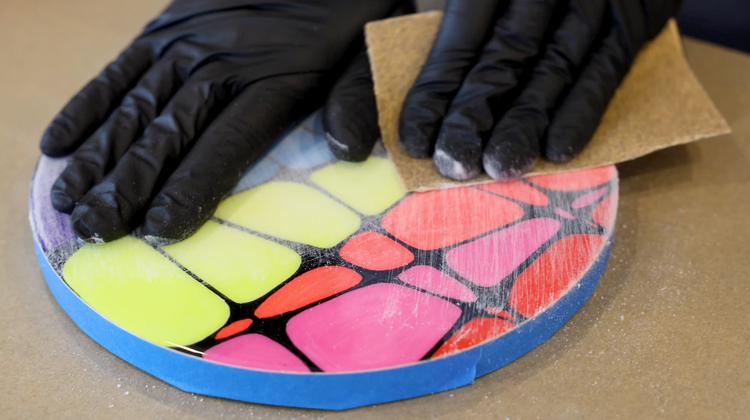
Can You Sand Epoxy Resin?
If you work with epoxy resin, at some point you'll likely need to sand a cured resin surface. It may be necessary for a few reasons:
You’re adding a second or multiple coats of fresh resin.
You’re removing surface imperfections like dust, dimples, or bubbles.
You need to...
see more
Tips To Keep Dust Out Of Your Resin Art
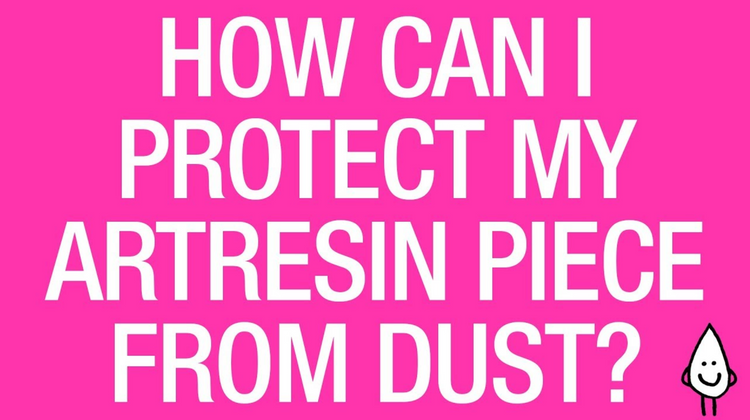
The best way to protect your wet resined art as it cures is with a dust cover. Placing a dust cover over your piece will help keep it clean and dust-free while the resin cures.
Make sure to have the dust cover nearby as you work. Once you’ve finished torching, you can cover your freshly resined piec...
see more
Amine Blush: What Is It & How To Prevent It
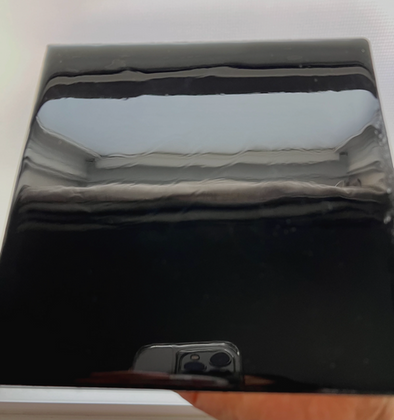
When resin cures in cold or humid conditions, it can develop a greasy or waxy condition on the surface known as amine blush. The term "amine blush" refers to the reaction between the amines in the hardener and moisture in the air.
Amine blush not only dulls resin's glossy finish but can also pre...
see more
Why Are There Bare Spots In My Cured Resin?
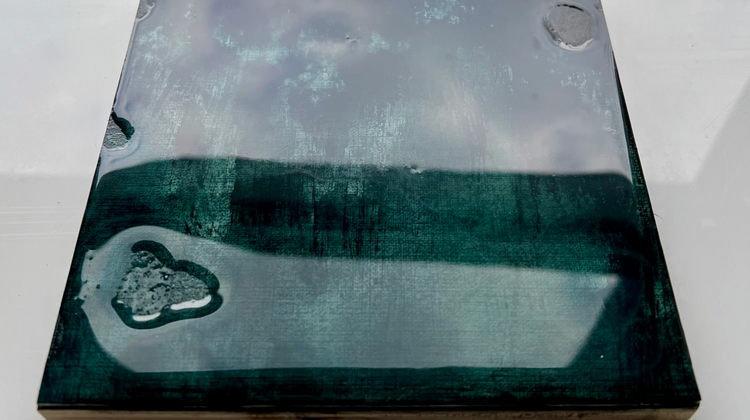
Bare spots, voids, fish eyes, divots, pinholes, separations ... no matter what you call them, it's frustrating when your perfect resin pour cures with areas that just didn't take. I've been there too, so in this article, I'm going over the top 5 most common reasons behind epoxy resin bare spots. I'l...
see more
Why Is My Resin Cloudy? Discover The Main 6 Causes
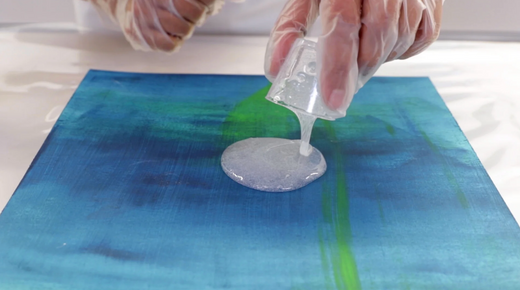
If you've ever found yourself with cloudy resin and you're not sure what caused it, this blog is for you. Cloudiness can occur in both in liquid and cured resin, but the good news is that there's usually a clear explanation behind it.
In this article, I'm going to explore 6 common reasons why resi...
see more
Page 1 of 11
next